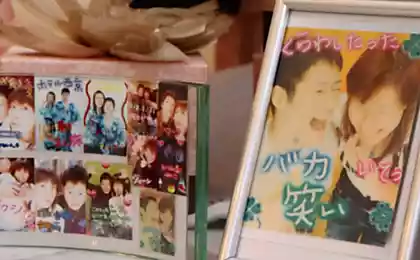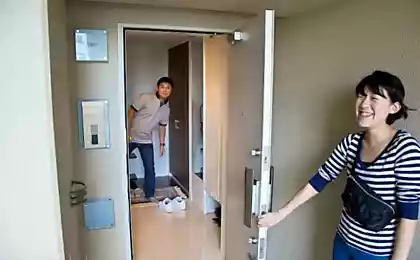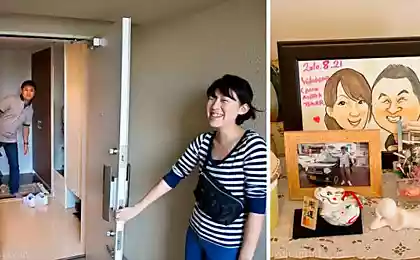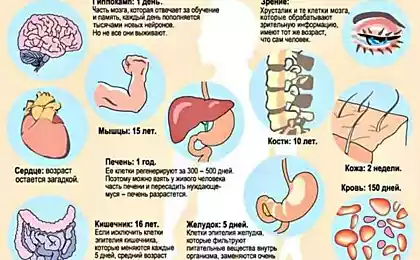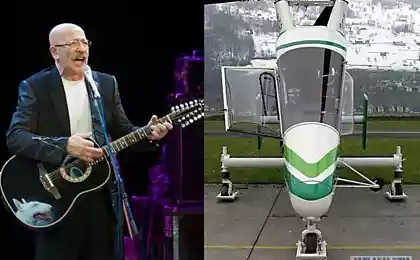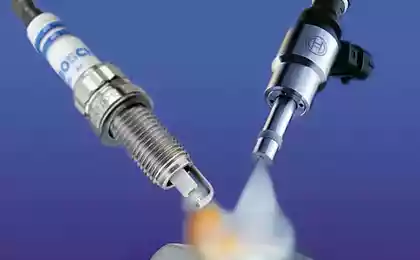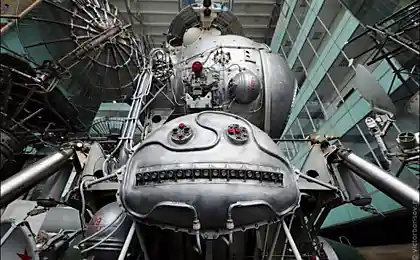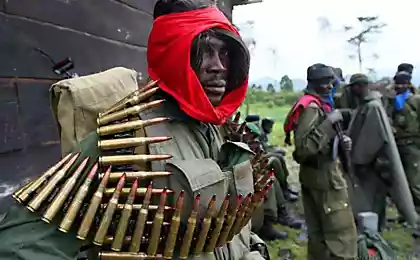875
Department №601 MAI
The company chistoprudov, victorprofessor and zyalt blogger russos been filming in the lab of the Faculty of number 601 MAI - Space systems and rocket science.
It was the kind of shot because of the secrecy. Many of you I just can not show, though that may be the secret to the engines R-7, I do not understand, as in the internet and so this in bulk, but here at the Department of the R-7 - a secret product. Okay, we're accustomed to all sorts of wonders and absurdities.
37 photos
1. androgynous-peripheral docking assembly. Space docking mechanism used on the International Space Station. It is used for docking of the shuttle and shuttle to connect the Functional Cargo Block ("Dawn") to a sealed docking adapter (PMA-1). Similar OASIS system is used by the Chinese Shenzhou spacecraft, which allows it to dock with the ISS. OASIS was founded in Moscow Vladimir Syromyatnikova CB "Energy" and started the project "Soyuz-Apollo". The idea of creating a counterweight appeared uncomfortable systems such as "plug and sockets", so any APAS docking ring can be joined with any other docking ring OASIS, as both sides androgynous. Although each of these docking unit has an active and a passive side, both of them completely interchangeable. In the photograph, if I am not mistaken, it is represented by APAS-75, which was used in the "Soyuz-Apollo".
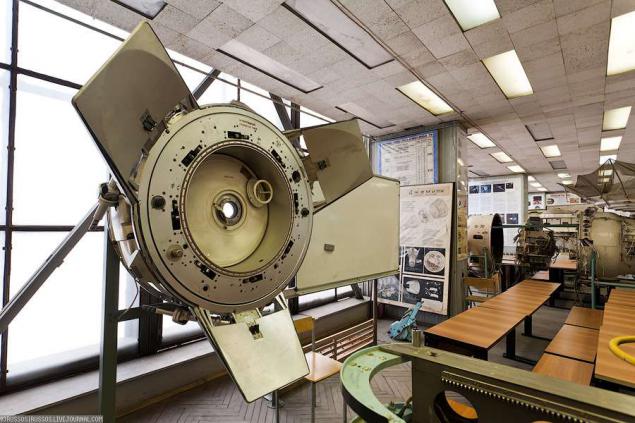
But something there was really a secret, some products were generally covered with a tarpaulin. It was hard to remove anything that would not burn the most sensitive products, but something happened, and you can see below. To many articles I will try to describe, although some spacecraft I can not learn. Can you help them guess the purpose and name?
I'm very sensitive to outer space in general, I like this topic has always been a very interesting and curious. Even though some secret features of the hall, where I walked in prostration some of surging emotions, it is here you can see, touch and ask our escort a bunch of stupid questions. Touch the history of our space and rocketry.
2. Again, if I'm not mistaken, this is the pin from the docking system Needle. And its earlier version, when you do not provide a transition through a node, and the astronauts had to move from one ship to another in space.
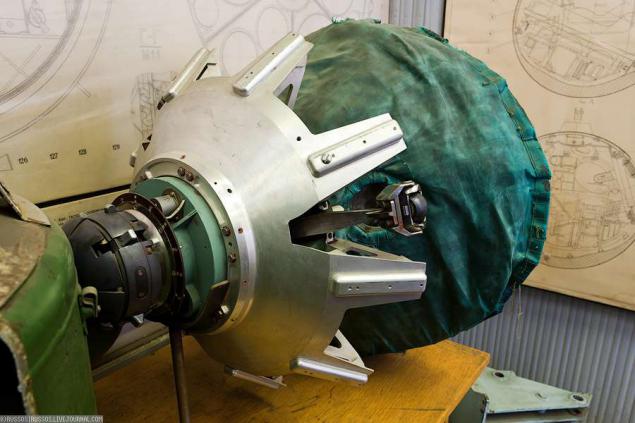
3. Stand for demonstration of needles. As a special rail docking assembly pulls another and docks.
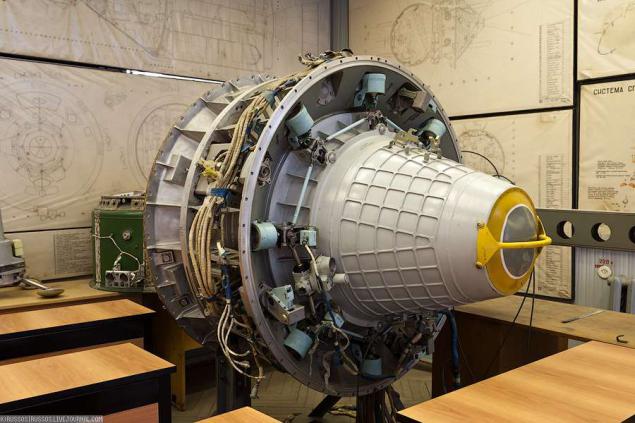
4. Some engine. Judging by the size it is likely The correction-brake motor.
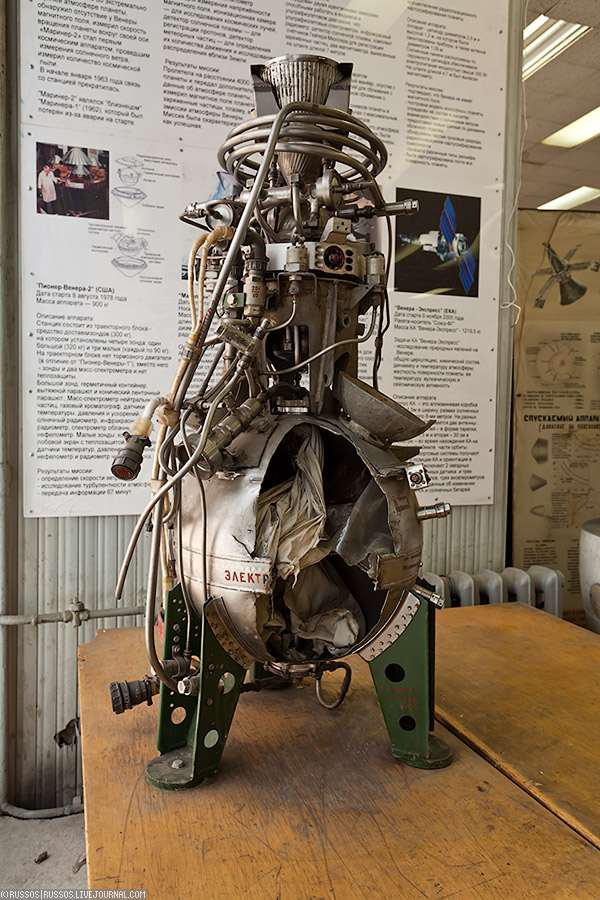
5. Detail lander Marsinskoy program.
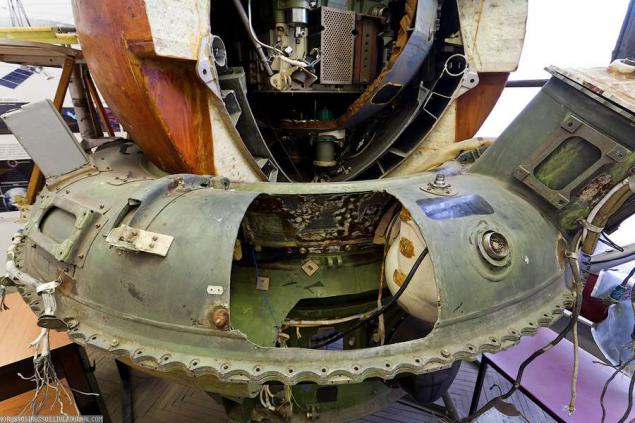
6. Spacecraft inside.

7. It is the main hall. On the left you can see the Soviet honesty, then two satellites. I do not know what.
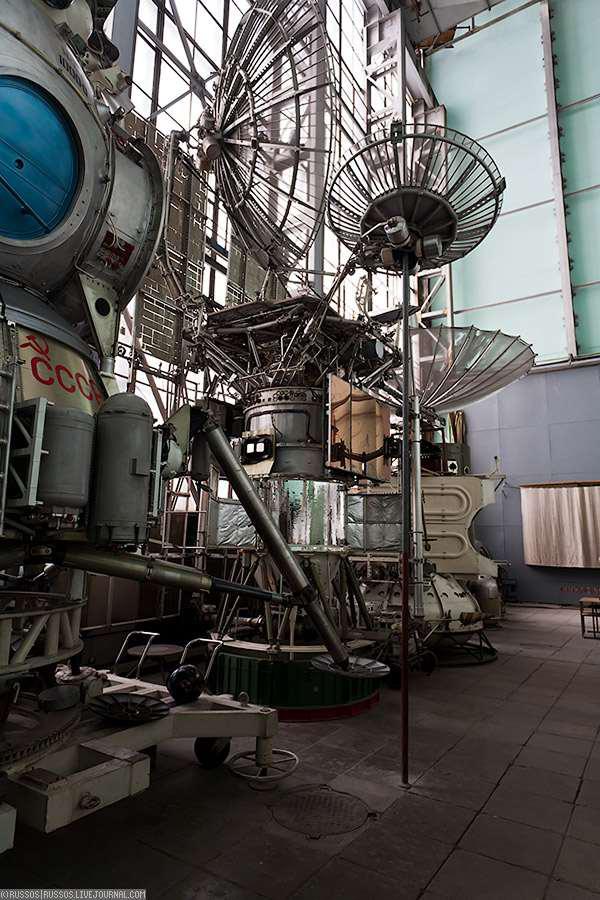
8. Lunar ship (LC). About the Soviet lunar program has been written so much stuff that I do not see any reason that either quote it.
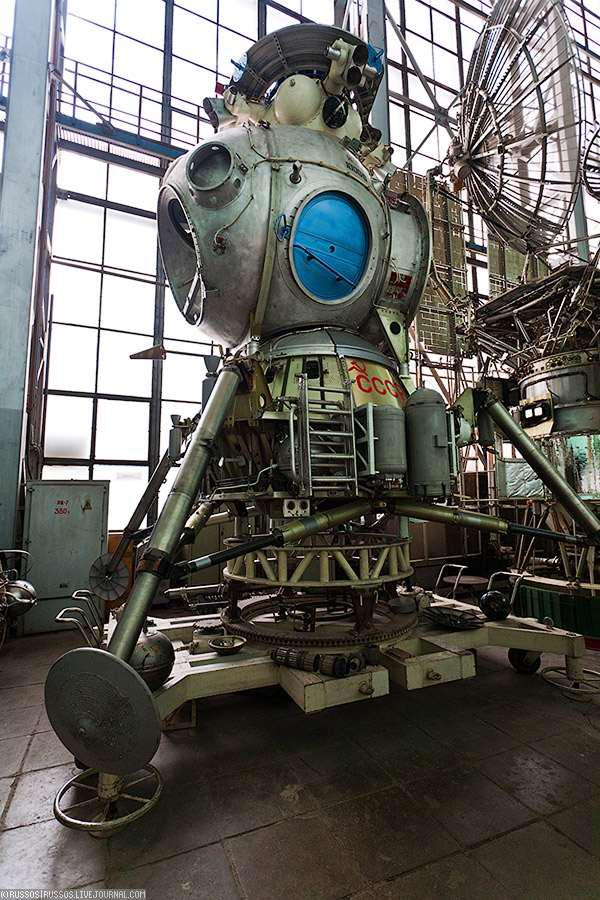
9. This landing leg honesty. Spider veins on the plate for a reason and is strictly designed element that deforms during landing and extinguishes special energy. And, it seems, still hooked on the ground.
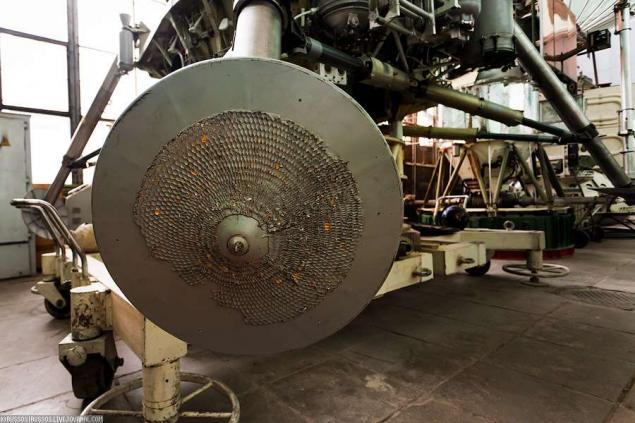
10. LC.
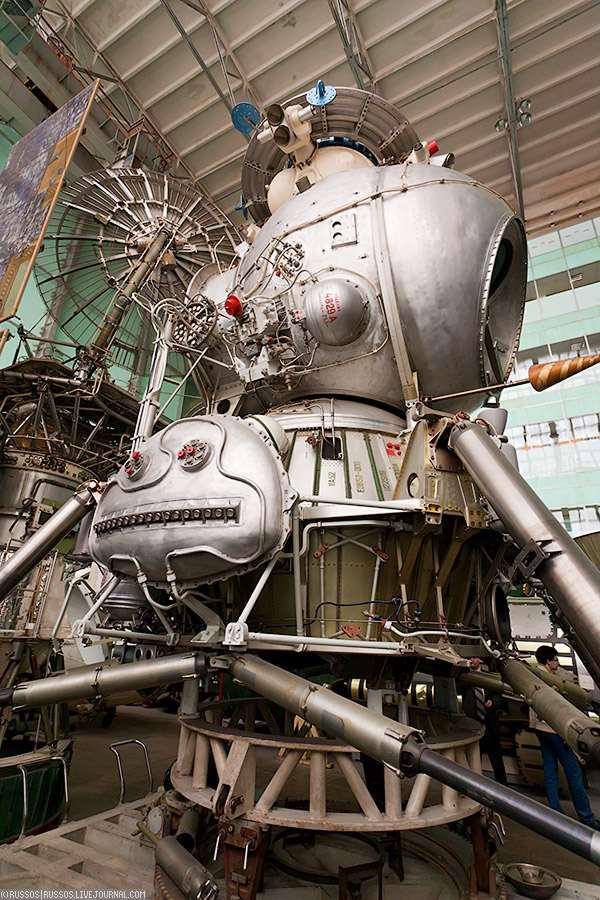
11. You could spend hours looking at minor Circuits, labels, plugs, sockets For other beautiful fuck.
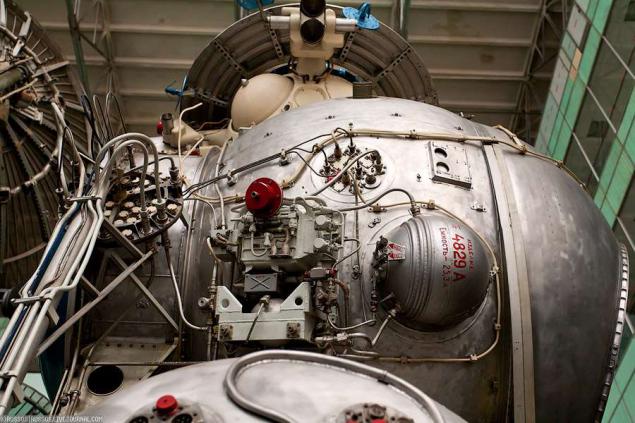
12. Listen, but also industrial beauty! This robot face really - mounted instrument compartment.
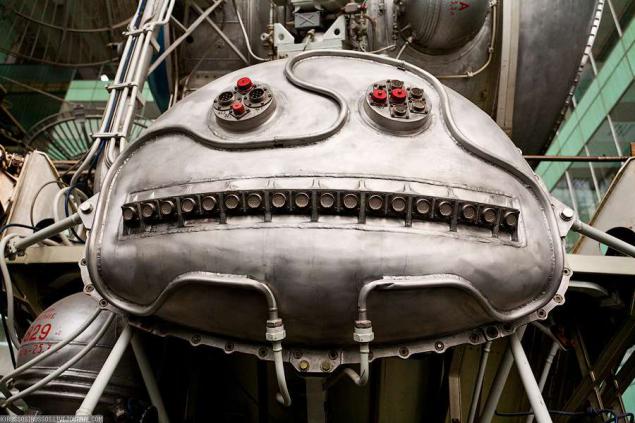
13. In this window "yaytsenavt" watching the descent to the moon.
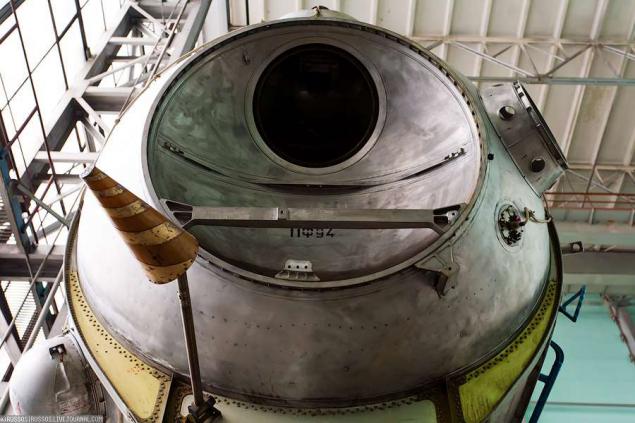
14. The satellite.
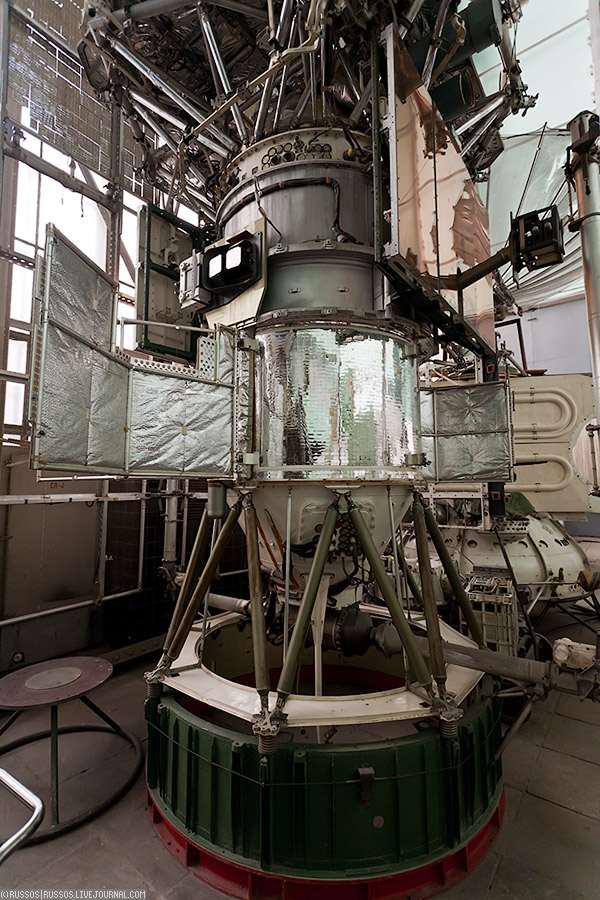
15.
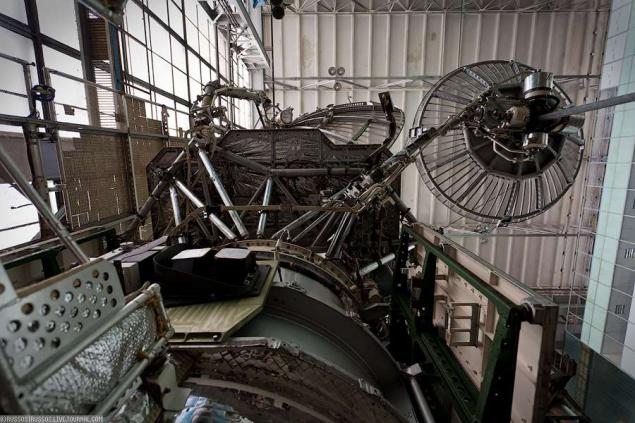
16. The Star, of course, then painted, but still it looks.

17. This micromotor (apparently gunpowder) to press the honesty to the moon, after the signal contact with the surface of the legs. Ie landing was the likelihood that honesty can bounce from the surface. To this did not happen, his booster.
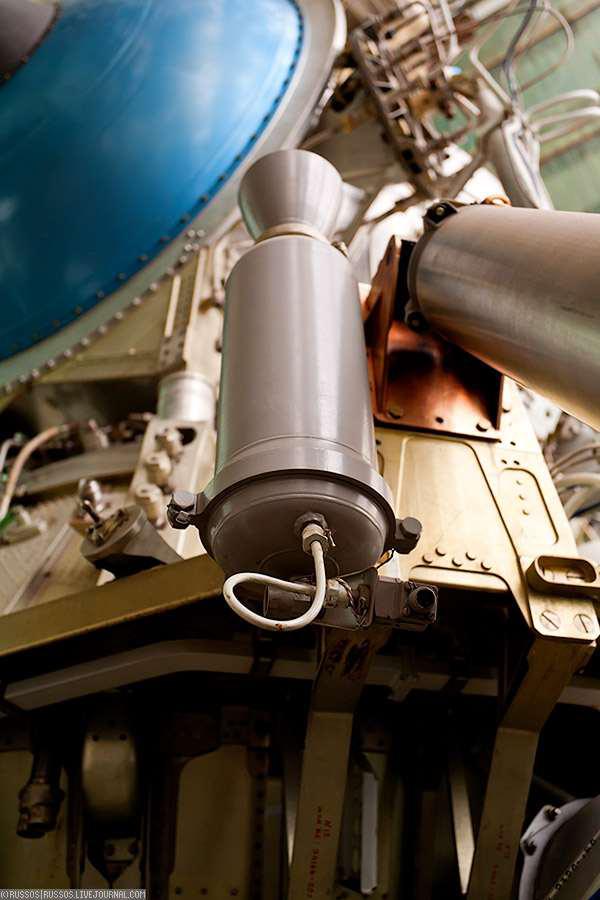
18. Some spacecraft with large antennas.
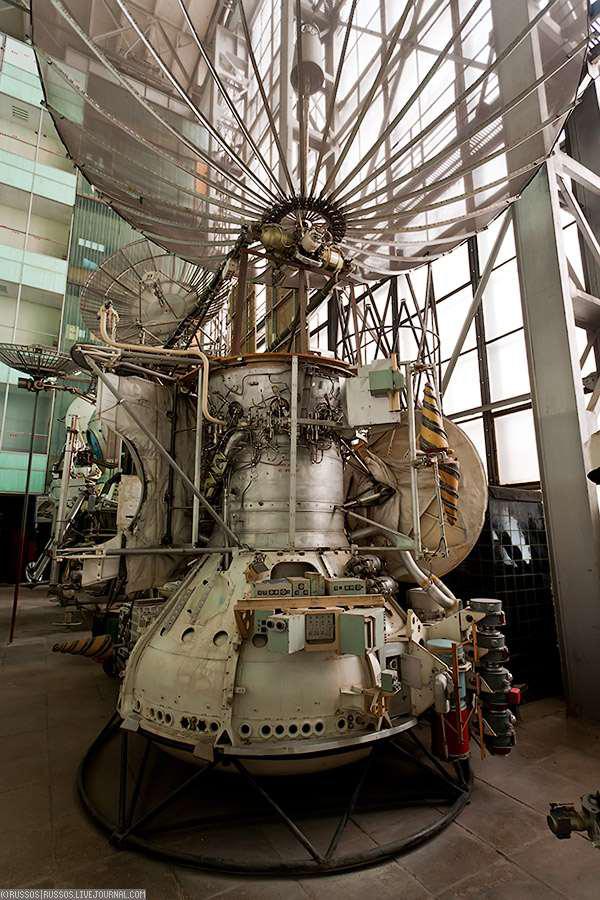
19. P / unit Main and P / Power backup.
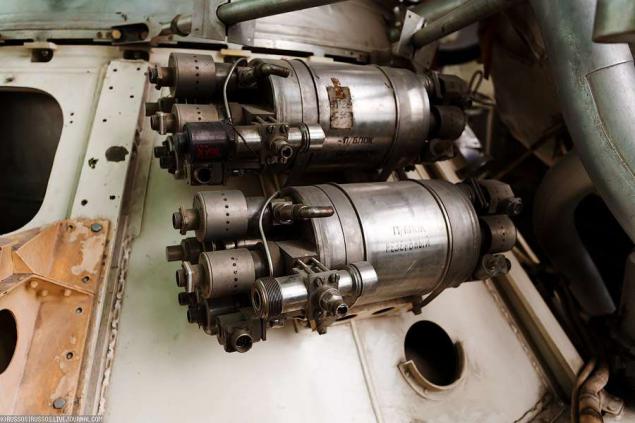
20. Antennas. If I am not mistaken omnidirectional.
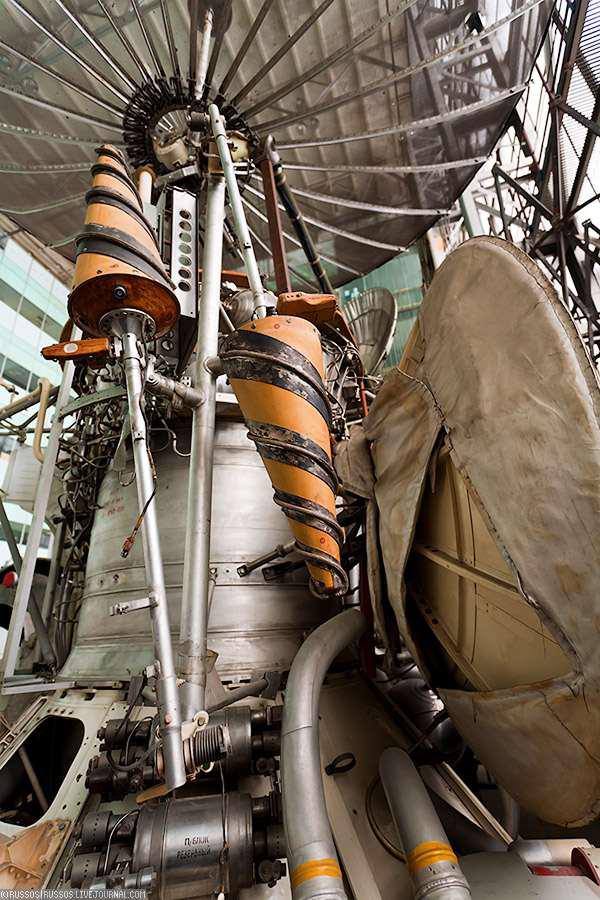
21. That this hatch cosmonaut had to climb to the moon. It is true there have been staffing ladder. So maybe it's stories about the rope.

22. This position (and maybe more, and weight), the layout of the Mars-97. The lower part with balls (fuel tanks) - Fregat upper stage. In the Mars-97 does not have a Security Council panel (they only farm can be seen), and many more on the little things.
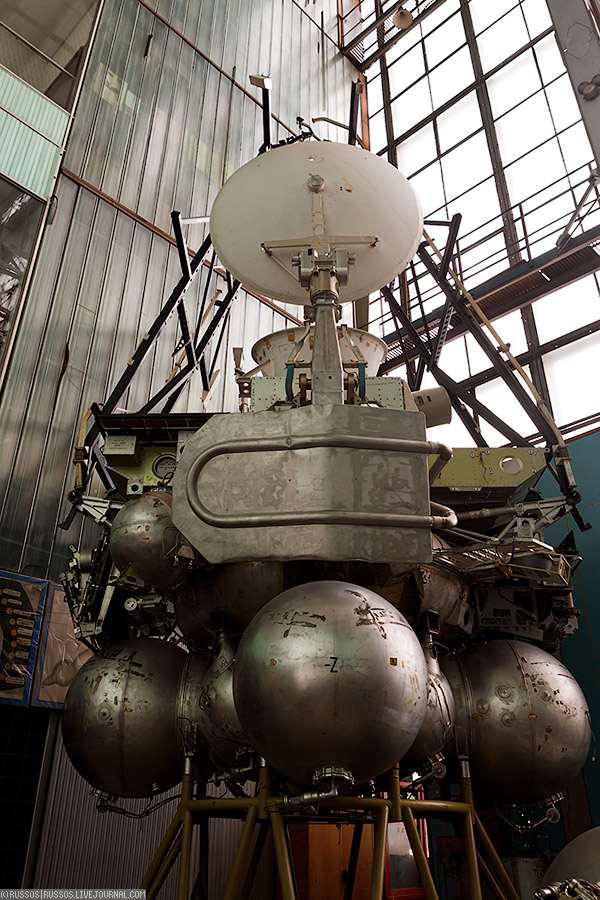
23. The lander spacecraft "Soyuz". When planting a massive bottom layer heat-shielding fires back (already at a low altitude), and at the bottom of open soft-landing engines, altimeter system and other necessary gizmos.

24. Open the hatch! Take the key!
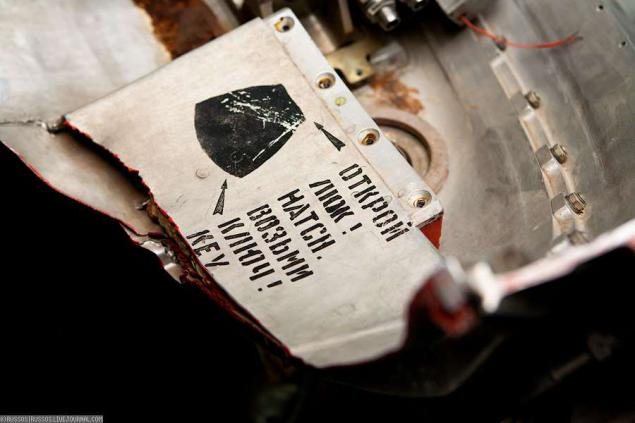
25. The bottom of the close-up. Wieden load balancing - lead. Every flight is different loading of the ship, it depends on the astronauts, cargo and many other things. Therefore, the reference to balancing bottom prikleplyayut lead plates, which make a walk in space.
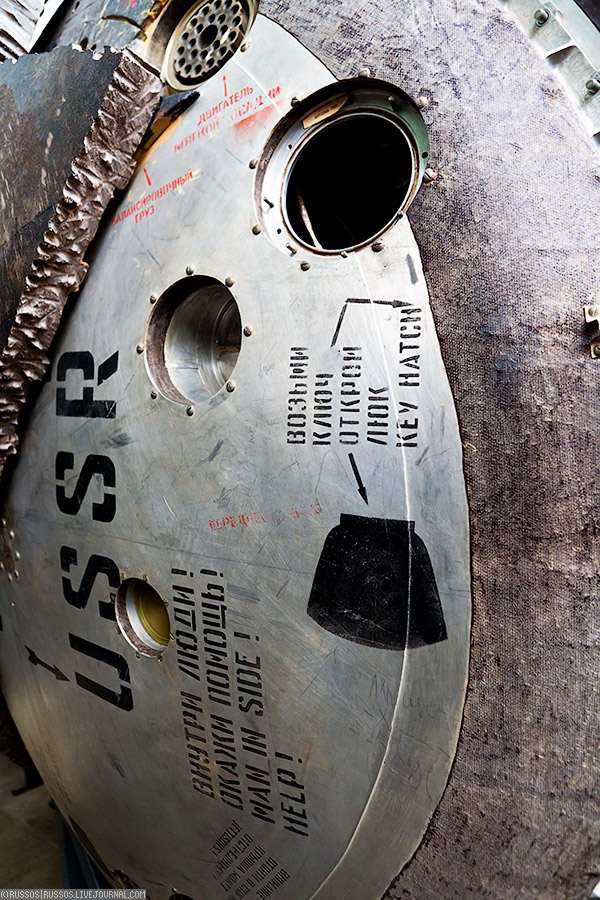
26. Suddenly. Student MAI.
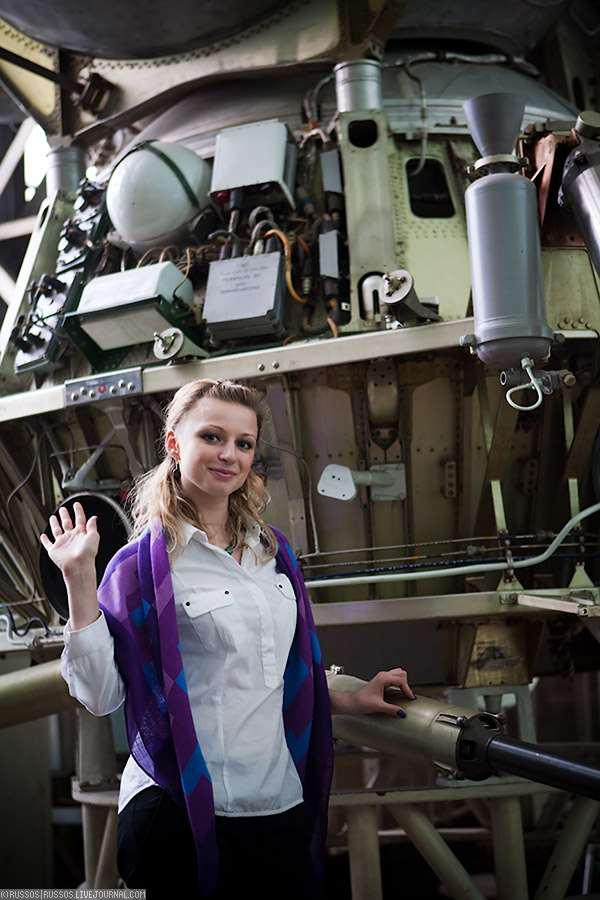
27.
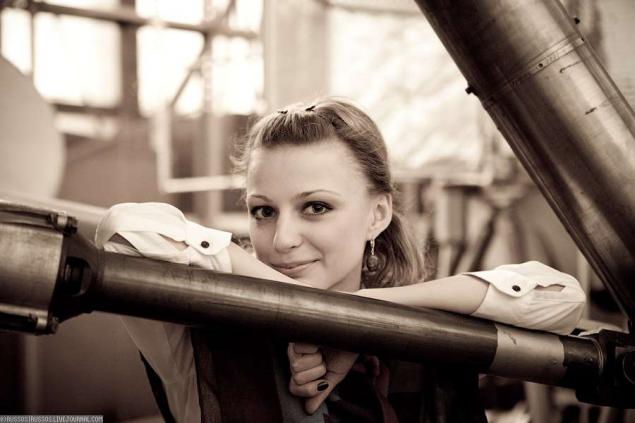
28. Even like this.

29. And in the room were full-time employment.
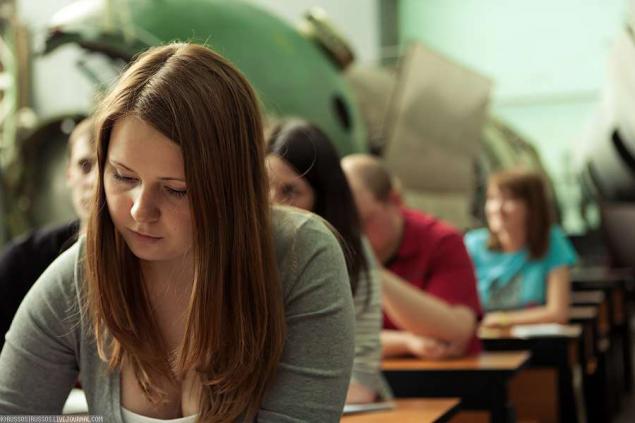
30.
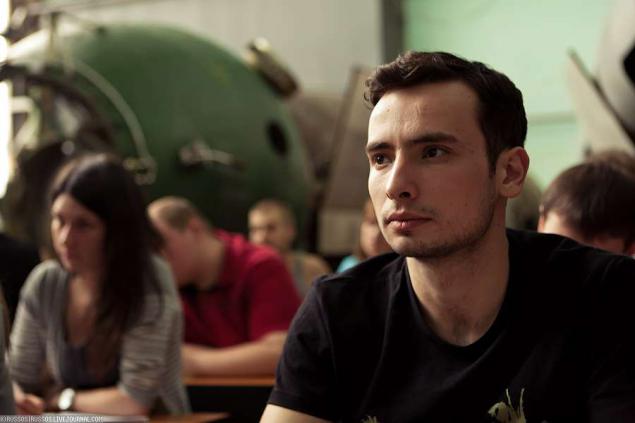
31. The mount parachute system for the descent capsule (?). Somewhere there must be Brake force indicators, which shoot parachutes after landing.
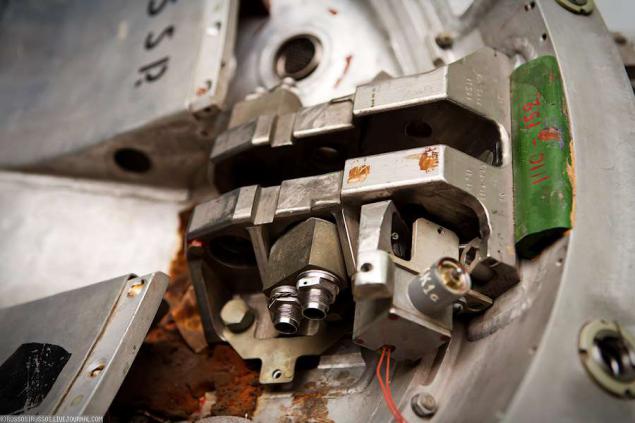
32.
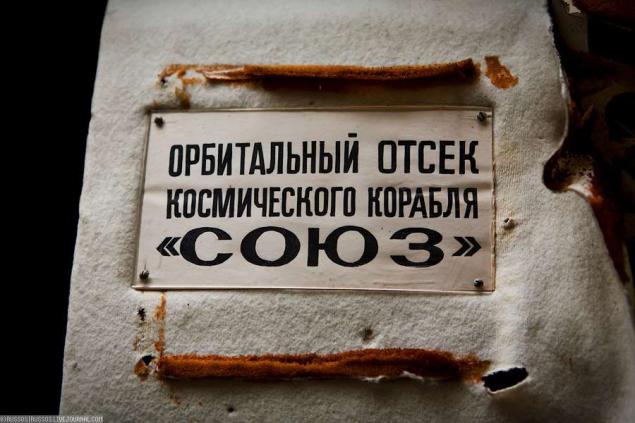
33. Inside the lander. Ye gods, how it closely. I do not understand how a person can skukozhilas this "chair."
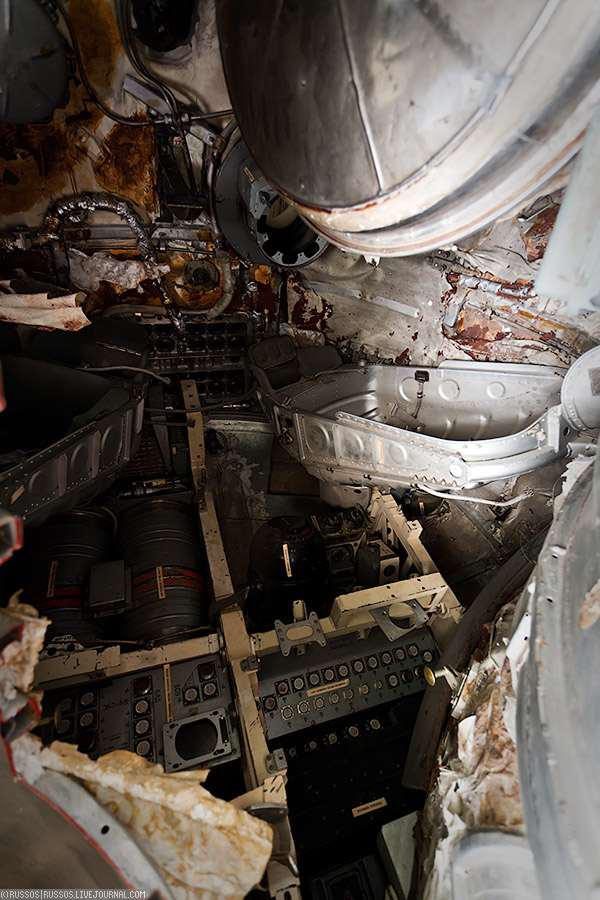
34. Household compartment Union. I did not understand what version of the Union is represented here, but there are signs this is the first series of the Union, but after the Union-11. Because of the tragic death of the crew of Soyuz-11 due to depressurization of the SA after the separation, the astronauts began to fly in space suits, but then the lander only two breaks. And only with the "T" series are back to a three-term crew, but also in spacesuits. At the bottom of the orbital module hatch is visible. Through him, the crew sits in the boat at the start, and through him, if necessary, spacewalks.
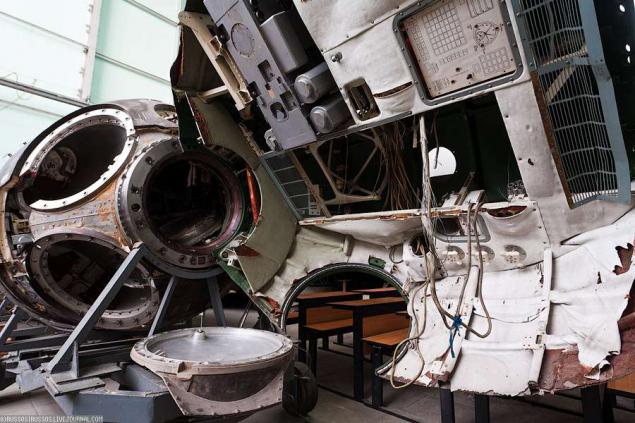
35. Parachute containers lander. The main system and replacement. April 24, 1967 while returning Union SA-1 was lost cosmonaut Vladimir Komarov. I do not left the main parachute will only exhaust, which was not enough and CA hit the ground at a speed of about 50 m / s and burned. Reserve parachute came out, but did not open, due to the fact that it is not wrapped around the lines otstrelennogo main parachute pilot chute system.
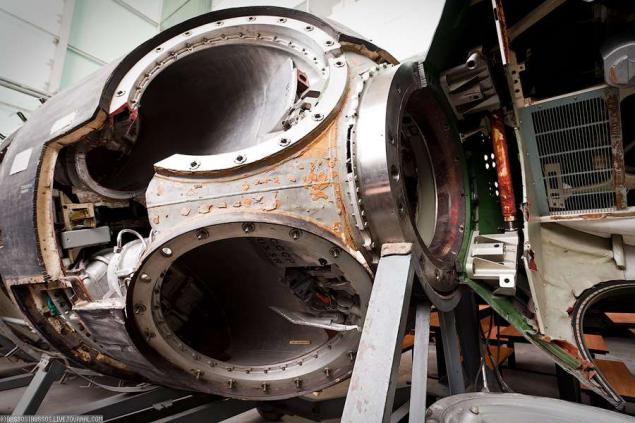
36. The spacecraft "Soyuz".
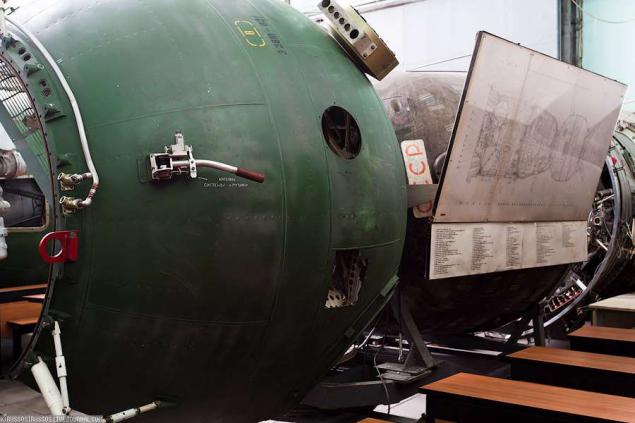
37. The device-service module of the Union.
It was very interesting. This here is the living touch of the iron, which makes for a flight into space. Yes, behind the scenes there are still a lot of interesting, but alas. To see it, you have to become a student of this department.
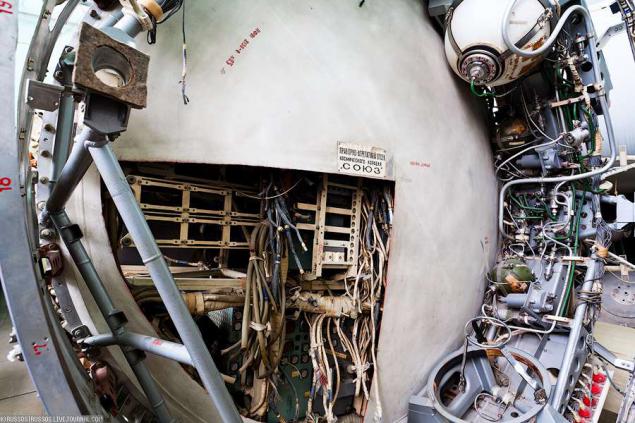
Source:
It was the kind of shot because of the secrecy. Many of you I just can not show, though that may be the secret to the engines R-7, I do not understand, as in the internet and so this in bulk, but here at the Department of the R-7 - a secret product. Okay, we're accustomed to all sorts of wonders and absurdities.
37 photos
1. androgynous-peripheral docking assembly. Space docking mechanism used on the International Space Station. It is used for docking of the shuttle and shuttle to connect the Functional Cargo Block ("Dawn") to a sealed docking adapter (PMA-1). Similar OASIS system is used by the Chinese Shenzhou spacecraft, which allows it to dock with the ISS. OASIS was founded in Moscow Vladimir Syromyatnikova CB "Energy" and started the project "Soyuz-Apollo". The idea of creating a counterweight appeared uncomfortable systems such as "plug and sockets", so any APAS docking ring can be joined with any other docking ring OASIS, as both sides androgynous. Although each of these docking unit has an active and a passive side, both of them completely interchangeable. In the photograph, if I am not mistaken, it is represented by APAS-75, which was used in the "Soyuz-Apollo".

But something there was really a secret, some products were generally covered with a tarpaulin. It was hard to remove anything that would not burn the most sensitive products, but something happened, and you can see below. To many articles I will try to describe, although some spacecraft I can not learn. Can you help them guess the purpose and name?
I'm very sensitive to outer space in general, I like this topic has always been a very interesting and curious. Even though some secret features of the hall, where I walked in prostration some of surging emotions, it is here you can see, touch and ask our escort a bunch of stupid questions. Touch the history of our space and rocketry.
2. Again, if I'm not mistaken, this is the pin from the docking system Needle. And its earlier version, when you do not provide a transition through a node, and the astronauts had to move from one ship to another in space.

3. Stand for demonstration of needles. As a special rail docking assembly pulls another and docks.

4. Some engine. Judging by the size it is likely The correction-brake motor.

5. Detail lander Marsinskoy program.

6. Spacecraft inside.

7. It is the main hall. On the left you can see the Soviet honesty, then two satellites. I do not know what.

8. Lunar ship (LC). About the Soviet lunar program has been written so much stuff that I do not see any reason that either quote it.

9. This landing leg honesty. Spider veins on the plate for a reason and is strictly designed element that deforms during landing and extinguishes special energy. And, it seems, still hooked on the ground.

10. LC.

11. You could spend hours looking at minor Circuits, labels, plugs, sockets For other beautiful fuck.

12. Listen, but also industrial beauty! This robot face really - mounted instrument compartment.

13. In this window "yaytsenavt" watching the descent to the moon.

14. The satellite.

15.

16. The Star, of course, then painted, but still it looks.

17. This micromotor (apparently gunpowder) to press the honesty to the moon, after the signal contact with the surface of the legs. Ie landing was the likelihood that honesty can bounce from the surface. To this did not happen, his booster.

18. Some spacecraft with large antennas.

19. P / unit Main and P / Power backup.

20. Antennas. If I am not mistaken omnidirectional.

21. That this hatch cosmonaut had to climb to the moon. It is true there have been staffing ladder. So maybe it's stories about the rope.

22. This position (and maybe more, and weight), the layout of the Mars-97. The lower part with balls (fuel tanks) - Fregat upper stage. In the Mars-97 does not have a Security Council panel (they only farm can be seen), and many more on the little things.

23. The lander spacecraft "Soyuz". When planting a massive bottom layer heat-shielding fires back (already at a low altitude), and at the bottom of open soft-landing engines, altimeter system and other necessary gizmos.

24. Open the hatch! Take the key!

25. The bottom of the close-up. Wieden load balancing - lead. Every flight is different loading of the ship, it depends on the astronauts, cargo and many other things. Therefore, the reference to balancing bottom prikleplyayut lead plates, which make a walk in space.

26. Suddenly. Student MAI.

27.

28. Even like this.

29. And in the room were full-time employment.

30.

31. The mount parachute system for the descent capsule (?). Somewhere there must be Brake force indicators, which shoot parachutes after landing.

32.

33. Inside the lander. Ye gods, how it closely. I do not understand how a person can skukozhilas this "chair."

34. Household compartment Union. I did not understand what version of the Union is represented here, but there are signs this is the first series of the Union, but after the Union-11. Because of the tragic death of the crew of Soyuz-11 due to depressurization of the SA after the separation, the astronauts began to fly in space suits, but then the lander only two breaks. And only with the "T" series are back to a three-term crew, but also in spacesuits. At the bottom of the orbital module hatch is visible. Through him, the crew sits in the boat at the start, and through him, if necessary, spacewalks.

35. Parachute containers lander. The main system and replacement. April 24, 1967 while returning Union SA-1 was lost cosmonaut Vladimir Komarov. I do not left the main parachute will only exhaust, which was not enough and CA hit the ground at a speed of about 50 m / s and burned. Reserve parachute came out, but did not open, due to the fact that it is not wrapped around the lines otstrelennogo main parachute pilot chute system.

36. The spacecraft "Soyuz".

37. The device-service module of the Union.
It was very interesting. This here is the living touch of the iron, which makes for a flight into space. Yes, behind the scenes there are still a lot of interesting, but alas. To see it, you have to become a student of this department.

Source:
